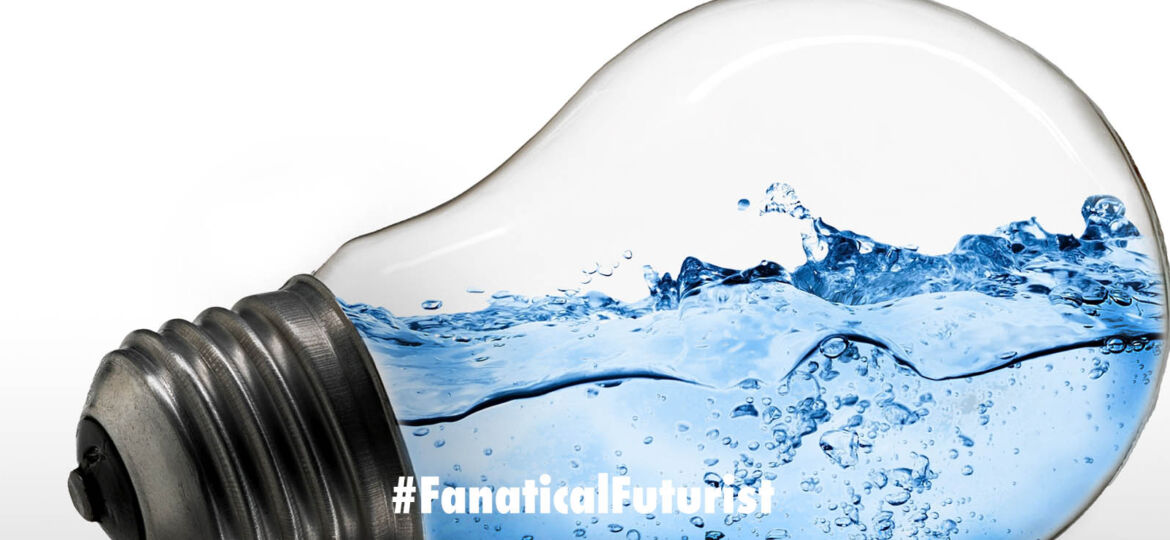
WHY THIS MATTERS IN BRIEF
In the future homes won’t be powered by electricity from power stations – and there will be plenty of alternatives.
 Love the Exponential Future? Join our XPotential Community, future proof yourself with courses from XPotential University, connect, watch a keynote, or browse my blog.
Love the Exponential Future? Join our XPotential Community, future proof yourself with courses from XPotential University, connect, watch a keynote, or browse my blog.
The energy industry is changing. Yesterday you were heating your home using gas from the gas grid, and in the far future you could be powering it with energy from a black hole. Kinda. In the interim though, between now and then, you’ll have a range of new energy options that let you end your reliance on fossil fuels. You’ve got heat pumps, solar panels, and zero energy materials that generate electricity for your home using the coldness of space, obviously, but how about hydrogen?
As expected, this decade looks like it’ll be shaped by renewable energy sources and battery technology. But while Tesla, for example, is already cranking out batteries as fast as humanly possible, other companies are getting into the home energy storage game too, companies like Australian tech company Lavo, which now has pre-orders open for its $30,000 hydrogen home batteries.
Aesthetically the batteries obviously look different to Tesla’s sleek Lithium-Ion based Powerwall home batteries and look like a combination of gaming console and vending machine – the giant silver tanks that Lavo’s team members holding in the in the picture below are the hydrogen containers that slot into the system.
According to Lavo its home batteries are “designed for everyday use and can be used by residential homes and businesses alike.”
Courtesy: Lavo
They’re also capable of holding enough charge to power the average residential home in Australia for two days. The company also says the batteries don’t need hydrogen to be stored as a gas or liquid which would require extreme pressures or cold temperatures and cause an obvious hazard – something that the crew of the Hindenburg blimp which was full of explosive hydrogen before it caught fire and blew up knows all too well …
Lavo’s system works by drawing in water and using electrolyzers to separate it into its constituent atoms, namely hydrogen and oxygen. The system then stores the hydrogen in its solid state as a metal hydride powder in the silver tanks which can then be run through a traditional fuel cell to generate electricity.
“We’re very excited to be building the next generation of energy storage in Australia alongside the leading researchers at the University of New South Wales and our world-class manufacturing partners,” Lavo’s CEO, Alan Yu, said in a press release. “Lavo’s technology is truly a game changer for the energy storage market and we believe it will have a real positive impact on the way people power their lives.”
All this said though prospective buyers will not only have to shell out $30,000 for one of these things but they’ll also wait until September 2022 to receive it, unless they order the most expensive version that is which will start shipping later this year.
On top of that it’s also possible that hydrogen batteries may not work as well as Tesla’s Lithium-Ion ones because they need energy to produce their hydrogen in the first place. But now at least you have another option to power your home or business … until black hole energy arrives.


















